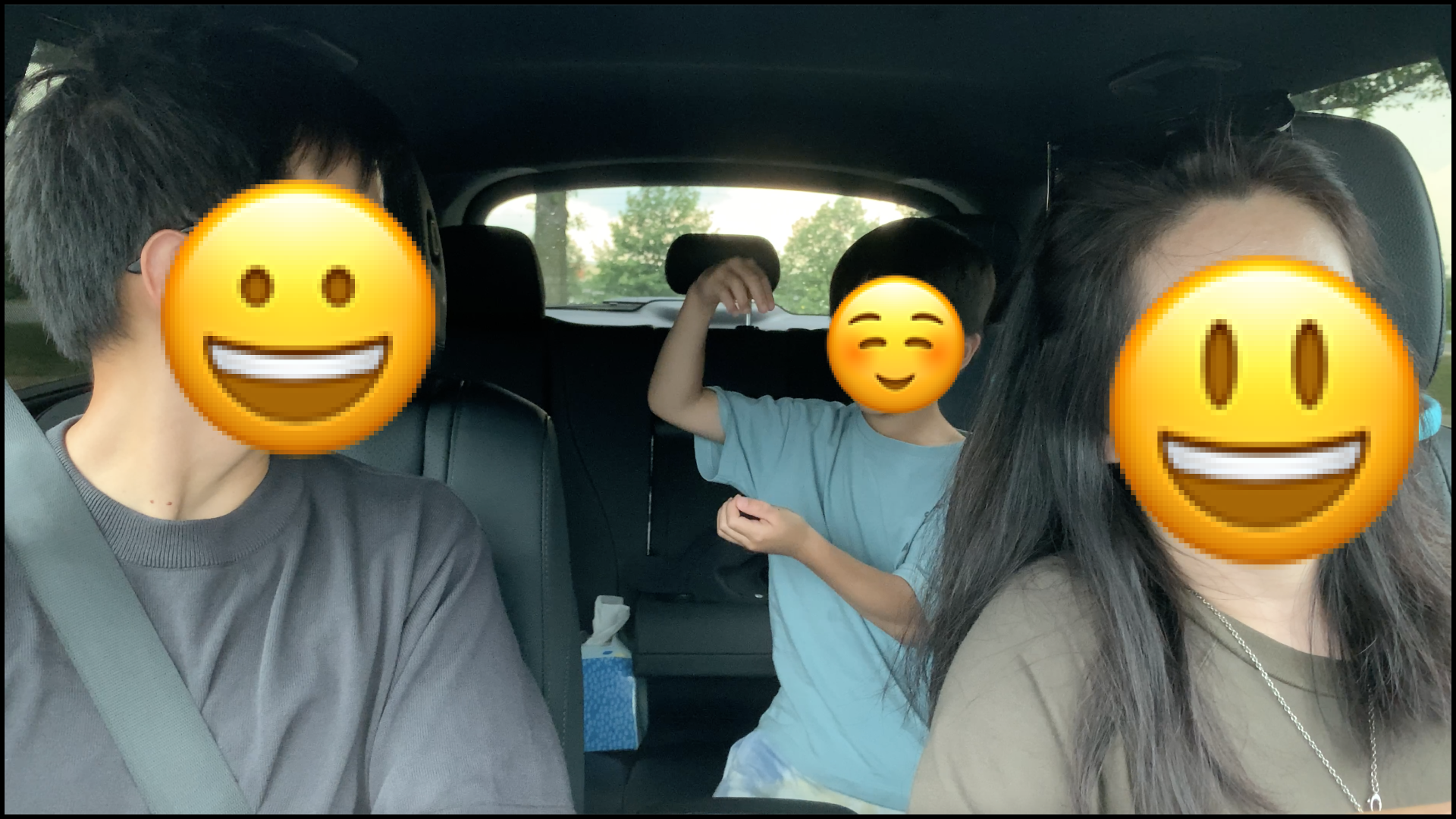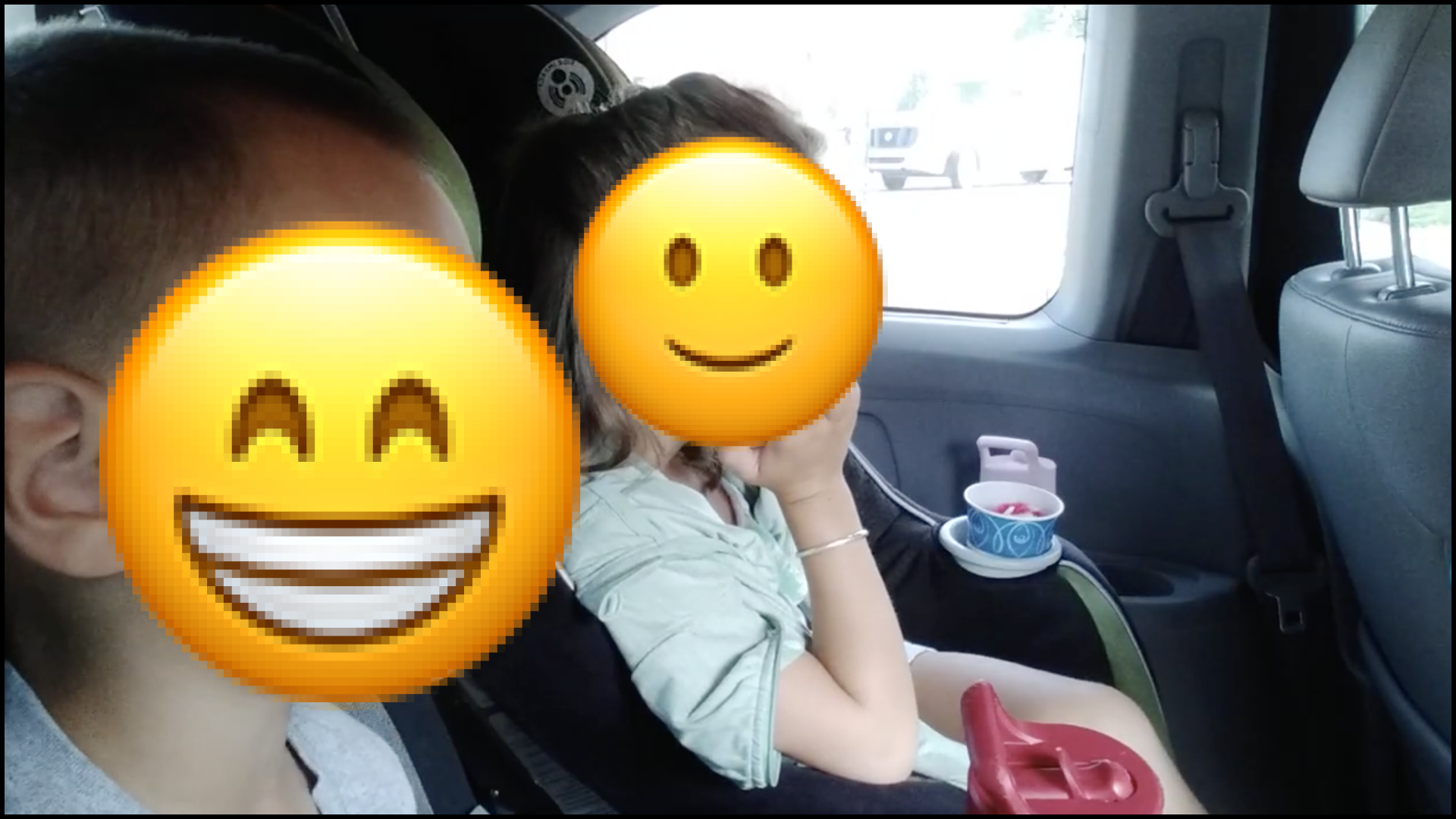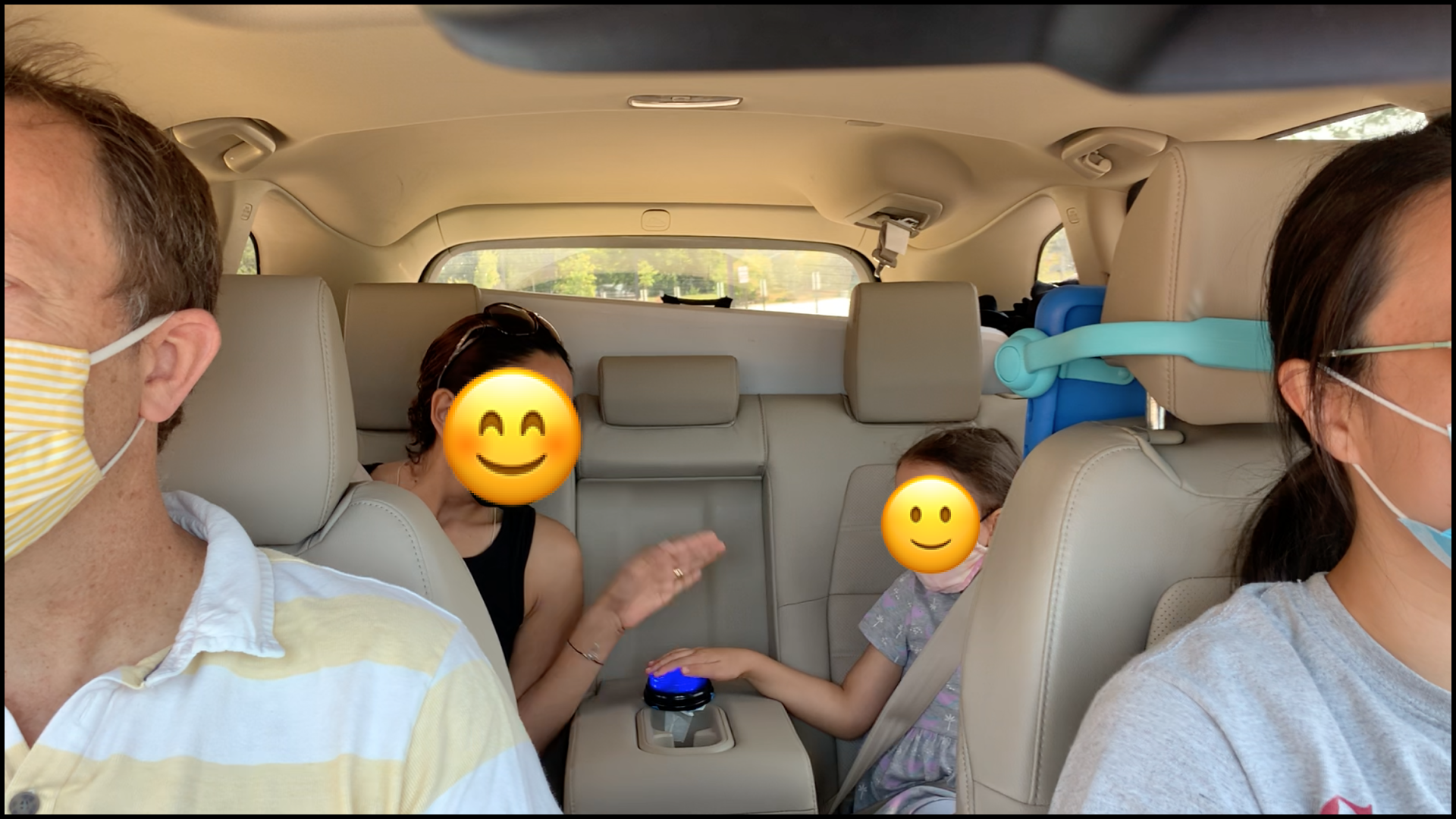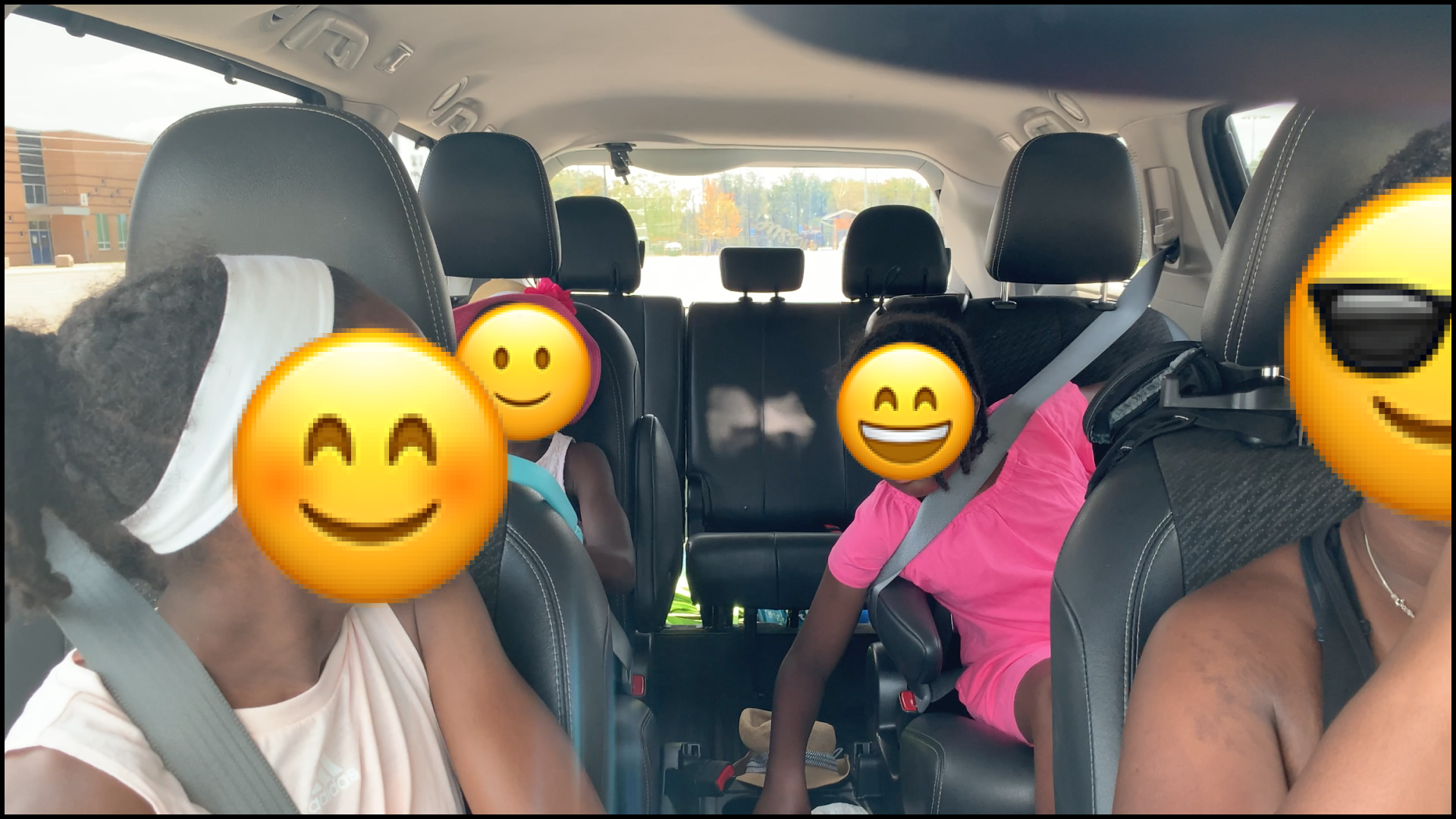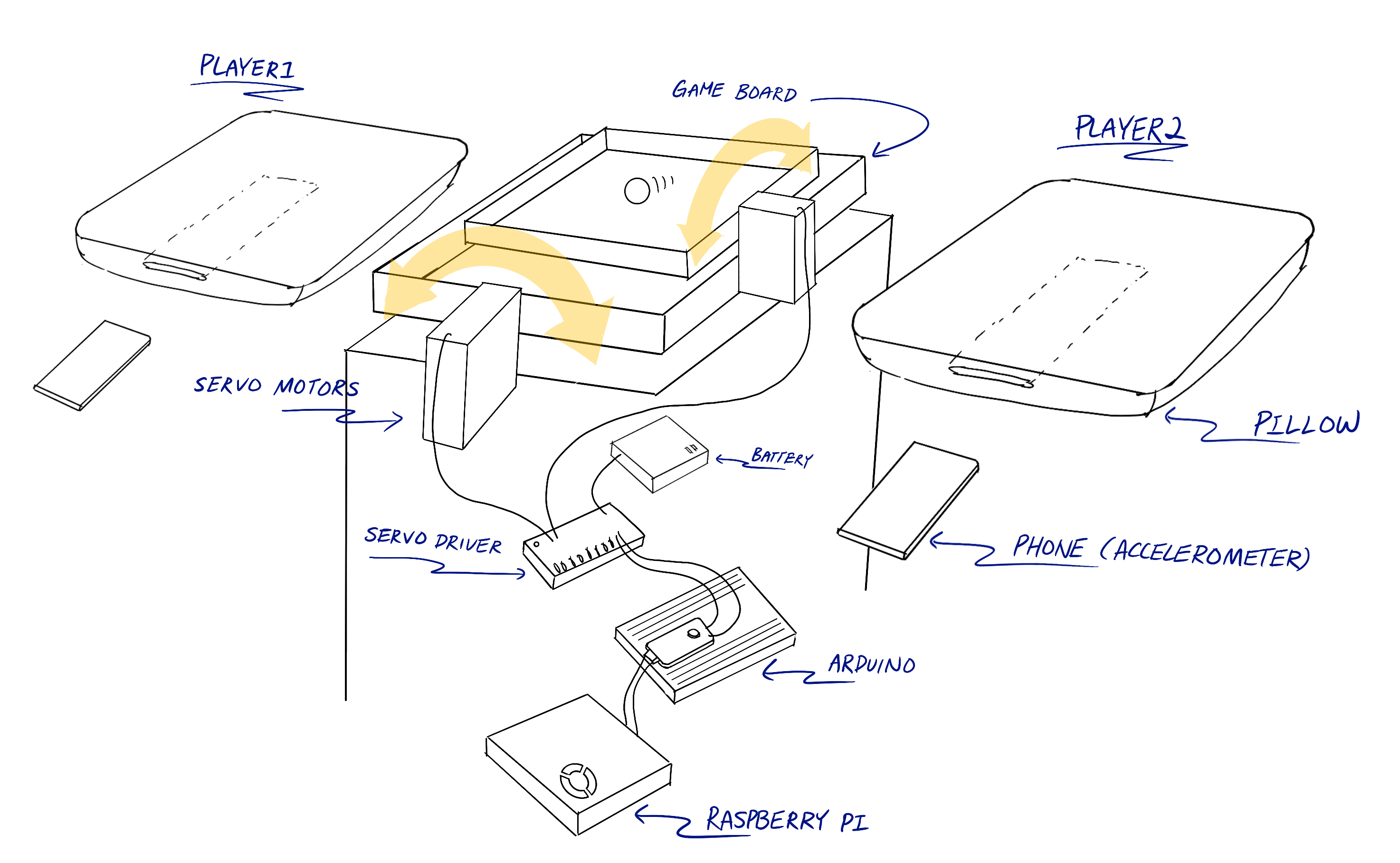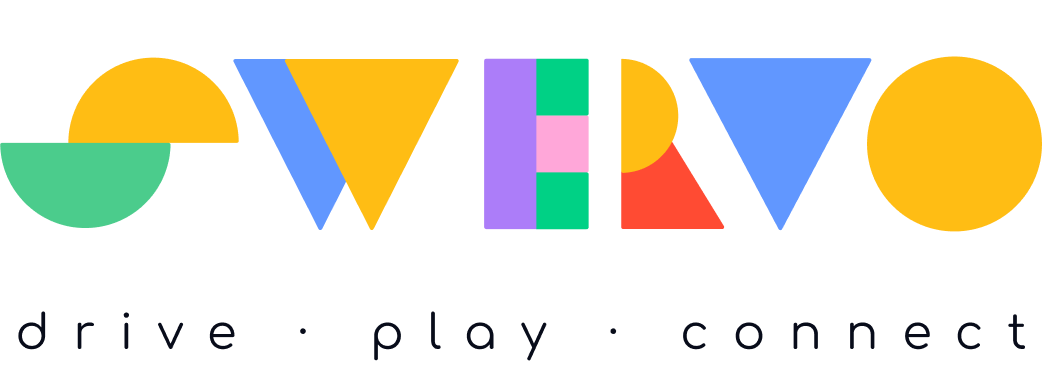The Power of Play
When considering families as our users, we realized that an effective way of fostering shared presence between family members was through play.

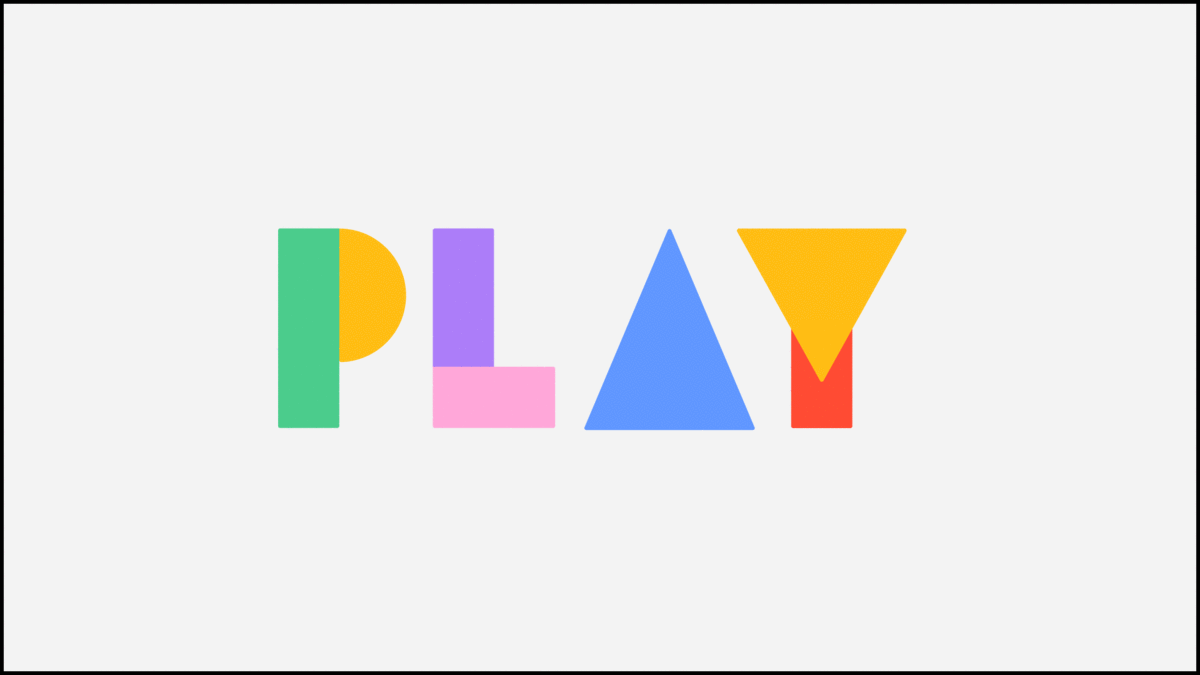
Not only is play an essential part of children’s development (Fantuzzo et al., 2004), it is also a medium through which children form social connections (Fantuzzo et al. 2004, Panksepp 2007). Play has a central role in children’s relationship development because engaging in play is joyful, and the experience of sharing positive feelings in play leads to strengthening friendships” (Lester and Russell, 2010).

According to psychologists, when children feel that their experience and emotions are shared with others, there is a cycle of increasing communication and shared emotion - often expressed through laughter. This leads to an increased sense of attachment to the other players, or connection (Turner 2007).
Play is joyful, vivacious, and fosters true shared presence between family members. Thus, play is the ideal mechanism through which to design for family connection in the car.

Because we knew that play was the way to tap into connection, we were able to measure the success of our prototypes based on the play that they fostered among participants. We developed a system of observational checklists and interview questions through which to measure connection through play, keeping an eye out for shared laughter, collaboration, communication, active engagement, and excitement.
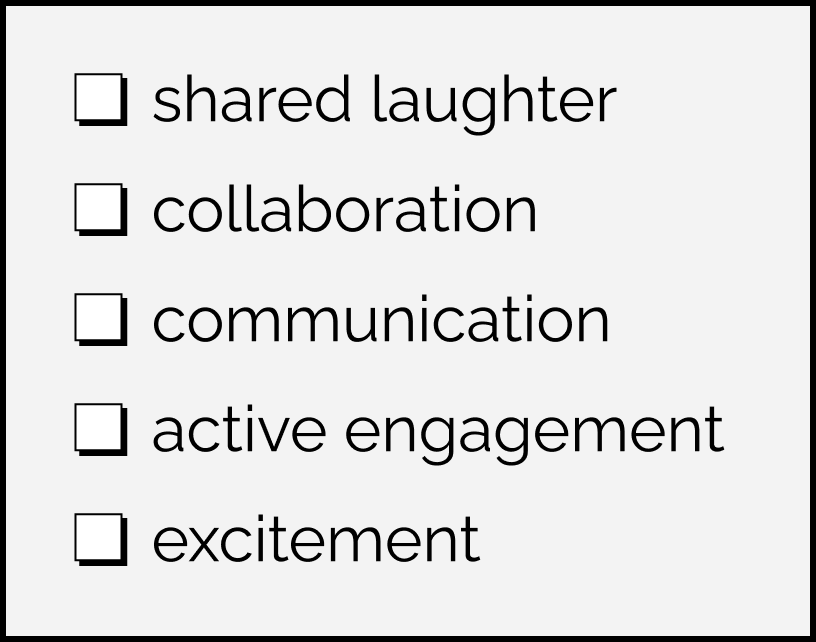
We also asked targeted questions in interviews after each test where we probed how our participants felt about their relationship to one another as a result of the game, how much they enjoyed it, and how it compared to their usual drives together. It was through iterations of these questions that we determined whether our prototypes were successful - that is, they were only successful if they fostered play, and therefore, connection.

Given that we used play as the way to tap into shared presence (and therefore connection), play was a vital component of our design framework. As such, we devised a list of different types of “play dynamics” that we could explore:
Communicative
Play designed to encourage revealing information about oneself in order to get closer to other players
Cooperative
Play where players working together to achieve a common goal
Competitive
Play requires players to work against one another
Co-creative
Play designed to bring players together through collaborative creation
Educational
Play fosters connection through an engaging and informative medium
The Car's Affordances
Next, we flipped the perceived limitations of being in a car into design opportunities. For example, instead of viewing the confined space as constricting, we reframed it as a space for meaningful conversations.

Confined Space
Small fixed interior car space where walls and ceilings are reachable
Spatial Arrangement
Short rows of forward-facing seats, each rider often has a “designated” seat
Movement (People)
Constrained movement in a seated position
Movement (Car)
Riders subject to the physics of car movement
Exterior Environment
Constantly-changing exterior environment provides unique contextual stimuli
Interaction Modalities
Finally, we organized ways that users can interact with a digital and physical system into five categories of modality borrowing from Cheryl Platz’s Design Beyond Devices.

Visual
Stimuli that is interpreted over optical channels
Auditory
The use of music, sound effect or language to communicate meaning
Haptic
The use of pressure, vibration, taps or clicks to communicate meaning
Kinetic
Communication based on movement or orientation in space
Ambient
Inferred meaning driven by environmental or biometric conditions such as temperature, heart rate, lighting, etc.
Experiential Prototyping Framework
Putting it all together, we mixed and matched elements from each category of the framework and rapidly prototyped ideas to answer the question: does this combination of interaction, and dynamic foster connection between family members in the car?
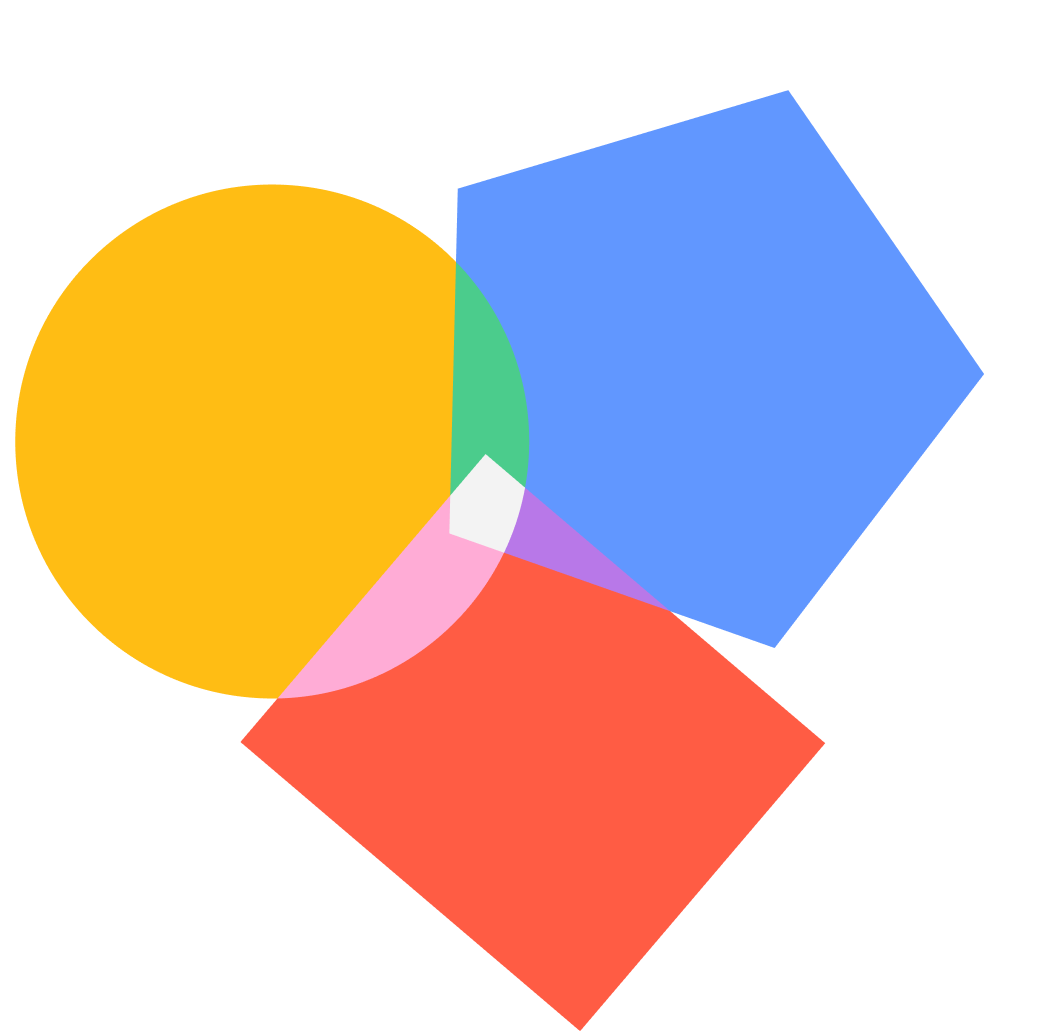
We started by picking an existing game convention – marble mazes, for example – to see how we might adapt them for a family drive scenario. Picking an existing game convention allowed us to focus on the interactions, affordances of the car, and play dynamic rather than focus on the game design.
Once we decided on a game convention, we enacted a scenario as quickly and cheaply as possible. In this case, two of us sat next to each other holding a frisbee with a marble in it while another team member moved the chairs in order to simulate a cooperative marble game using the movement of the car.
Once we validated a basic concept, we increased the fidelity just enough to bring the idea to life in analog or Wizard of Oz form suited for a buck context. Using the marble maze example, we built and internally tested a cooperative, seat-controlled apparatus using foamcore, pool noodles, and Legos in the course of an afternoon. After further small iterations, we decided whether or not said idea was fit for testing with external participants in our portable buck.
To validate our static, early stage prototypes, we created our very own portable buck to meet families where they were, places like parks and playgrounds. The buck gave us enough simulated driving context to get actionable feedback from participants before dedicating resources toward building a particular prototype to high-fidelity and suited for a moving car.
In total, we built 7 experiential prototypes and tested them with 52 participants across 14 distinct families.



